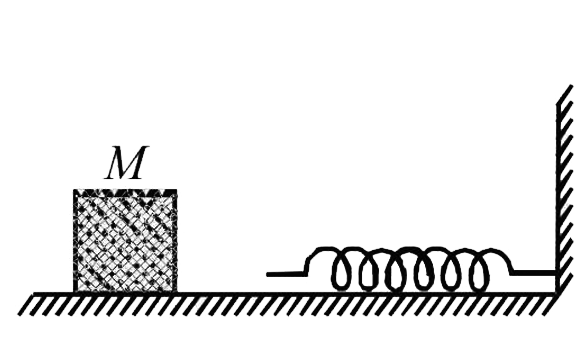A
B
C
D
Text Solution
Verified by Experts
The correct Answer is:
|
Topper's Solved these Questions
CENTRE OF MASS
ALLEN |Exercise EXERCISE-V B|19 VideosView PlaylistCENTRE OF MASS
ALLEN |Exercise EXERCISE-IV B|14 VideosView PlaylistBASIC MATHEMATICS USED IN PHYSICS &VECTORS
ALLEN |Exercise EXERCISE-IV ASSERTION & REASON|11 VideosView PlaylistELASTICITY, SURFACE TENSION AND FLUID MECHANICS
ALLEN |Exercise Exercise 5 B (Integer Type Questions)|3 VideosView Playlist
Similar Questions
Explore conceptually related problems
Knowledge Check
A
B
C
D
Submit
A
B
C
D
Submit
A
B
C
D
Submit
Similar Questions
Explore conceptually related problems
ALLEN -CENTRE OF MASS-EXERCISE-V A
- Two identical particles move towards each other with velocity 2v and v...
02:22
|
Play - Consider the following two statements: A. Linear momentum of a syste...
04:52
|
Play - Two spherical bodies of mass M and 5M & radii R and 2R respectively, a...
05:46
|
Play - A body A of mass M while falling wertically downwards under gravity br...
03:27
|
Play - The block of mass M moving on the frictionless horizontal surface col...
04:18
|
Playing Now - A mass 'm' moves with a velocity 'v' and collides inelastieally with a...
02:24
|
Play - A 'T' shaped object with dimensions shown in the figure, is lying on a...
02:27
|
Play - A bomb of mass 16kg at rest explodes into two pieces of masses 4 kg an...
02:27
|
Play - Consider a two particle system with particles having masses m(1)andm(2...
02:56
|
Play - A circular disc of radius R is removed from a bigger circular disc of ...
05:10
|
Play - A block of mass 0.50kg is moving with a speed of 2.00m//s on a smooth ...
03:50
|
Play - A thin rod of length 6 m is lying along the x-axis with its ends at x=...
03:46
|
Play - Consider a rubber ball freely falling from a height h = 4.9 m onto a ...
02:32
|
Play - Statement -1: Two particles moving in the same direction do not lose a...
03:49
|
Play - This question has statement -I and statement - II of the four choices...
03:41
|
Play - Distance of the centre of mass of a solid uniform cone from its vertex...
02:49
|
Play - A particle of mass m moving in the x - direction with speed 2c is hit...
04:29
|
Play - A uniform thin rod AB of length L has linear mass density mu(x) = a + ...
06:24
|
Play - A large number (n) of identical beads, each of mass m and radius r are...
Text Solution
|
Play - In the figure shown ABC is a uniform wire. If centre of mass of wire l...
04:08
|
Play
